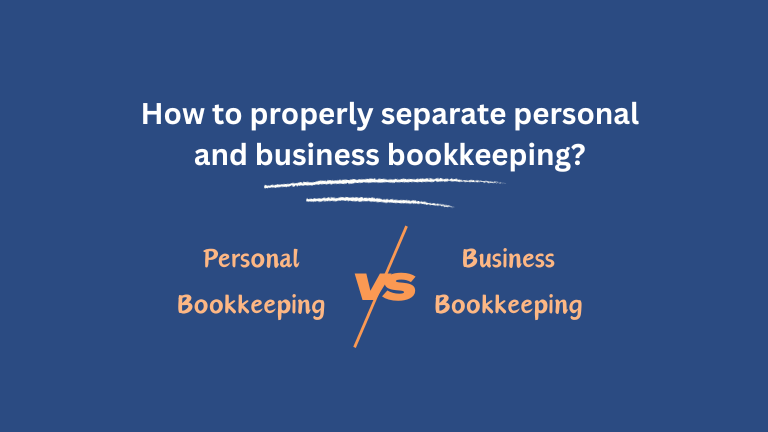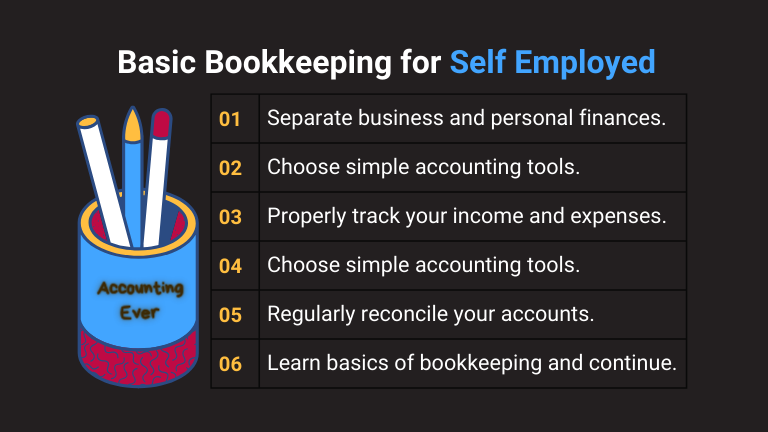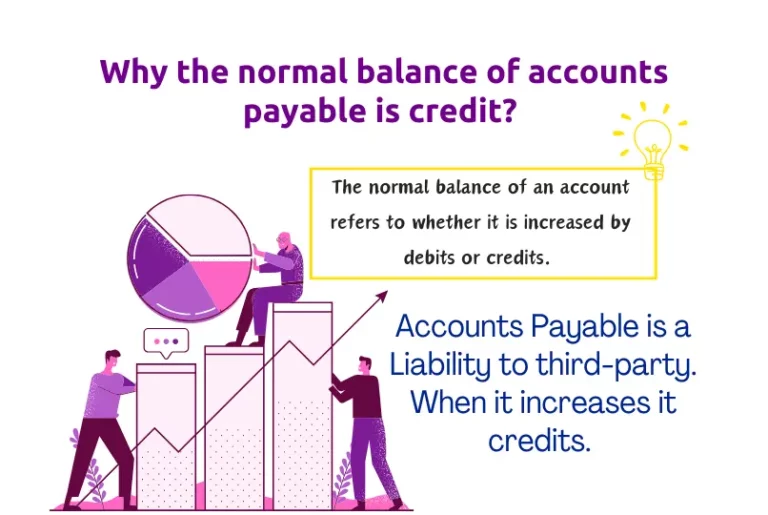Handling Credit Card Payments in QuickBooks Online
Scenario Overview:
Emily is a small business owner managing her company’s finances in QuickBooks Online (QBO). Each month, she pays off her business credit card using her bank account. However, Emily is unsure how to correctly record the transaction in QBO. She wants to know if the transaction should be classified as a credit card (CC) payment or a transfer. Emily is also curious about what happens on the credit card side once the payment is received.
Step 1: Understanding the Accounting Logic
When a bank account pays a credit card, the transaction affects both the bank account and the credit card account. The key is ensuring the transaction is recorded correctly on both sides.
From the Bank’s Perspective:
The payment represents money leaving the business. Therefore, the bank account is credited (since it’s an asset account, and paying a bill reduces its balance).
From the Credit Card’s Perspective:
The payment reduces the credit card liability. Hence, the credit card account is debited (as it’s a liability account, and paying off debt decreases its balance).
Key Takeaway: Whether Emily records the transaction as a transfer or a credit card payment is less important than ensuring both accounts reflect the payment correctly. The decision comes down to how QBO handles the process.
Step 2: Application of UK IAS/IFRS Standards
Under IAS 7 (Statement of Cash Flows), credit card payments are classified as cash outflows under financing activities, as they represent the settlement of liabilities. In the context of UK accounting, the treatment is consistent: payments are recorded as reducing both the bank’s asset balance and the credit card liability.
This aligns with IAS 1 (Presentation of Financial Statements), which requires consistent classification of such transactions in financial reports.
Step 3: Application of USA GAAP Standards
Under GAAP, when recording credit card payments, the transaction is recognized similarly to paying any other liability. A credit card payment reduces both the cash account and the credit card liability, ensuring accurate reflection of financial position. GAAP emphasizes matching the payment to the correct liability, ensuring the balance sheet shows the correct credit card balance.
In QuickBooks Online, this process is streamlined: recording a credit card payment or transfer both achieve the same goal, provided the accounts are matched and reconciled properly.
Step 4: Practical Use in QuickBooks Online
When Emily makes her credit card payment, QuickBooks Online (QBO) offers two methods to record the transaction:
Credit Card Payment:
Emily can record the payment directly in QBO by selecting her bank account and the credit card account. This method ensures the payment is applied to the correct accounts, reducing the credit card balance.
Transfer:
Emily could also record the transaction as a transfer between her bank and credit card. This method achieves the same result, but some users prefer the credit card payment method for simplicity.
Key Caution: When using the transfer method, there’s a risk of creating duplicate entries if the credit card payment is already reflected in both the bank feed and the credit card feed. To avoid duplication, Emily must ensure the transaction is properly matched in QBO.
Example: Recording a Credit Card Payment
Let’s assume Emily’s bank balance is $10,000, and she needs to pay off $1,000 on her credit card.
Recording the Payment in QBO (Method 1: Credit Card Payment):
Emily selects her bank account and enters a credit card payment for $1,000.
This will:
Credit the bank account by $1,000 (decreasing its balance).
Debit the credit card account by $1,000 (reducing her liability).
Recording the Payment in QBO (Method 2: Transfer):
Emily can alternatively record the payment as a transfer from her bank to her credit card.
This achieves the same outcome, as long as QBO does not duplicate the entry.
Step 5: Best Practices for Consistency
It’s essential that Emily adopts a consistent method for recording these payments. Whether she chooses the credit card payment or transfer method, her primary goal is to ensure the transaction is correctly reflected in both her bank and credit card accounts.
Conclusion: Streamlining the Process
For Emily, the decision between recording a credit card payment or a transfer depends on her preference and workflow in QuickBooks Online. Both methods work, but she must ensure that the transactions are correctly matched and avoid duplications. By adhering to standards under UK IAS/IFRS and USA GAAP, Emily can confidently manage her credit card payments and maintain accurate financial records.
References:
IAS 7 (Statement of Cash Flows) – International Accounting Standards Board (IASB), UK
Link to IASB
GAAP Credit Card Payment Guidance – Financial Accounting Standards Board (FASB), USA
Link to FASB
QuickBooks Online – Credit Card Payments and Transfers
Link to QuickBooks



